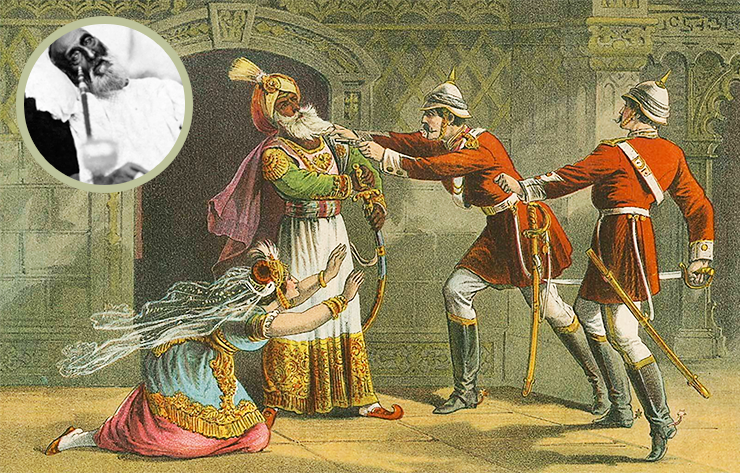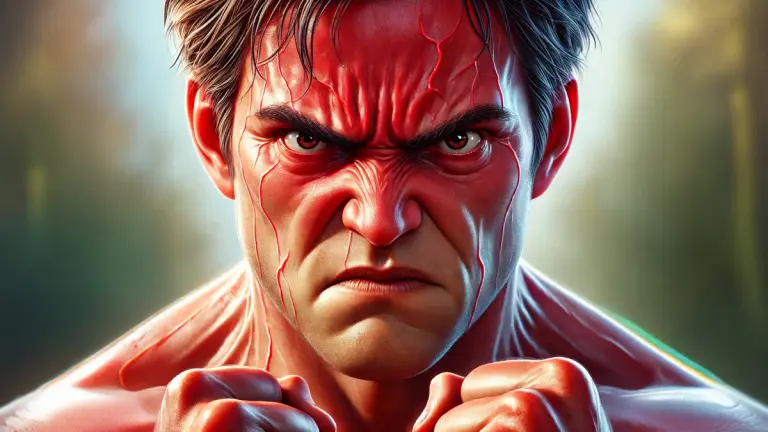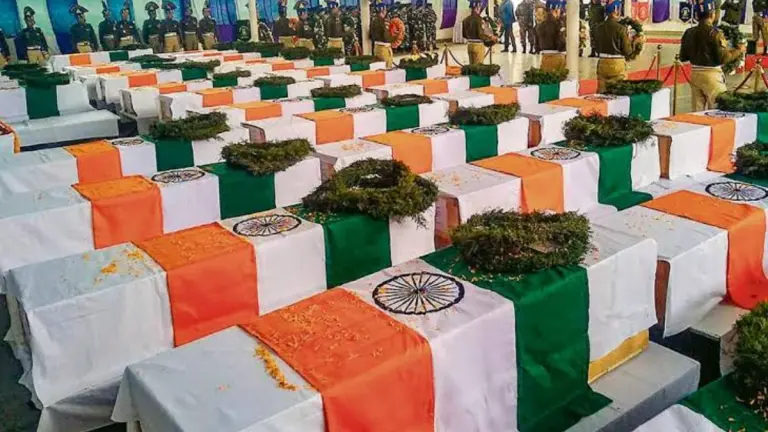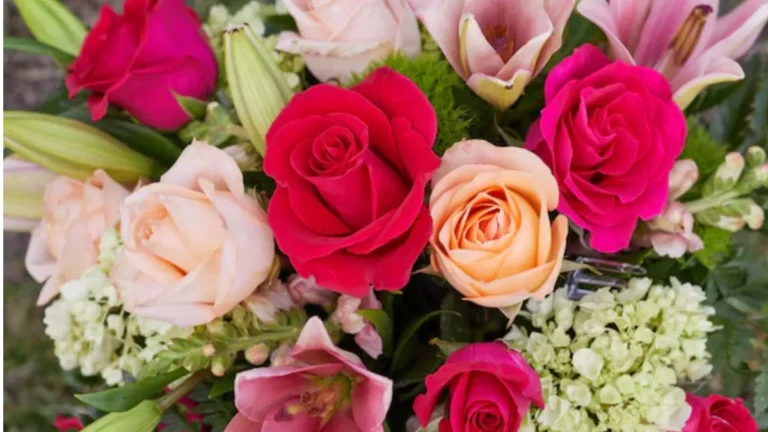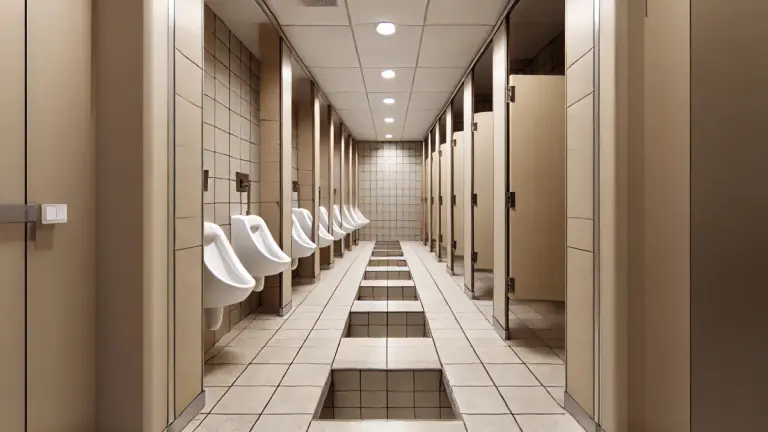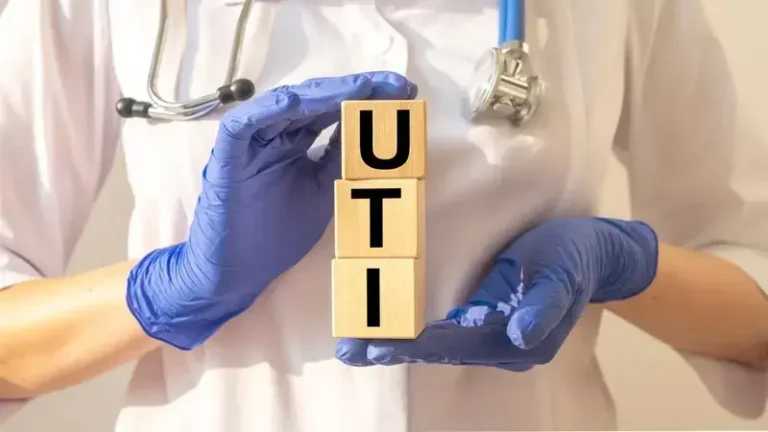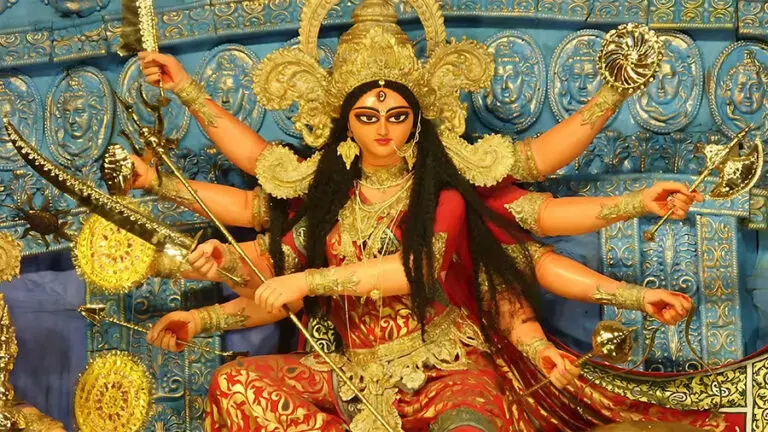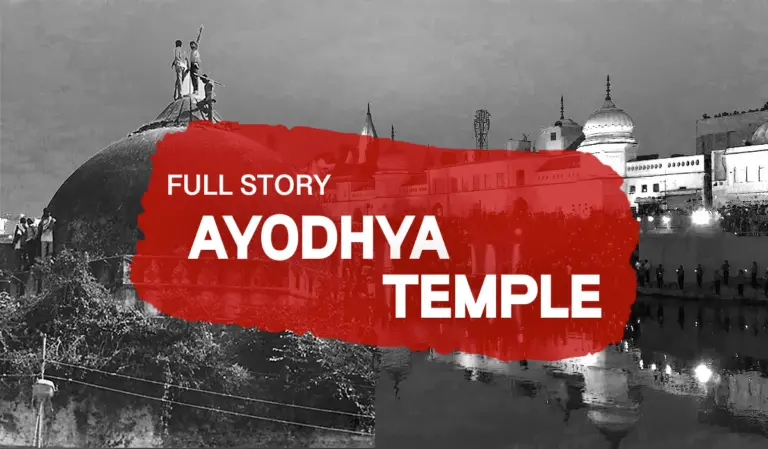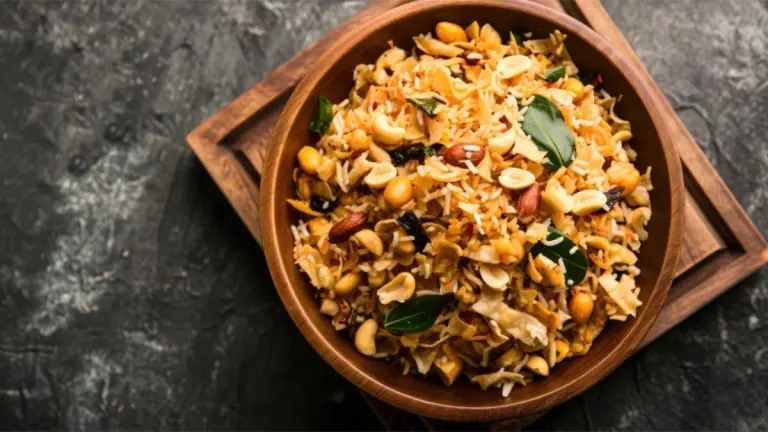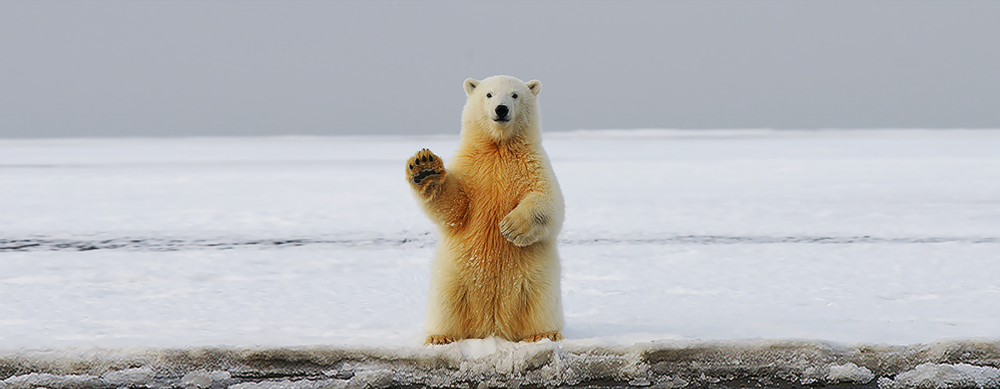When Hodson approached Humayun’s tomb, his party was still not fired upon by any of the rebels on the streets of Delhi.
Hodgson was definitely worried about how the people present at Humayun’s tomb would treat him, so he first hid in the ruins near the tomb.
Amarpal Singh, who recently wrote the book ‘The Siege of Delhi’ on the revolt of 1857, and currently living in London, says, ‘Hodgson went through the main gate of the mausoleum to meet Queen Zeenat Mahal and prepare the emperor to surrender. He sent two of his representatives, Maulvi Rajab Ali and Mirza Ilahi Baksh.
Badshah Zafar had not yet made up his mind about laying down his arms. Nothing happened for two hours.
Hodgson was even thinking that his men might have been murdered inside the tomb, but then Hodgson’s representatives came out with the message that Zafar would surrender only to Hodgson, and that too when Hodgson himself was executed by General Archdale Wilson. Will repeat the promise given to him that his life will be spared.
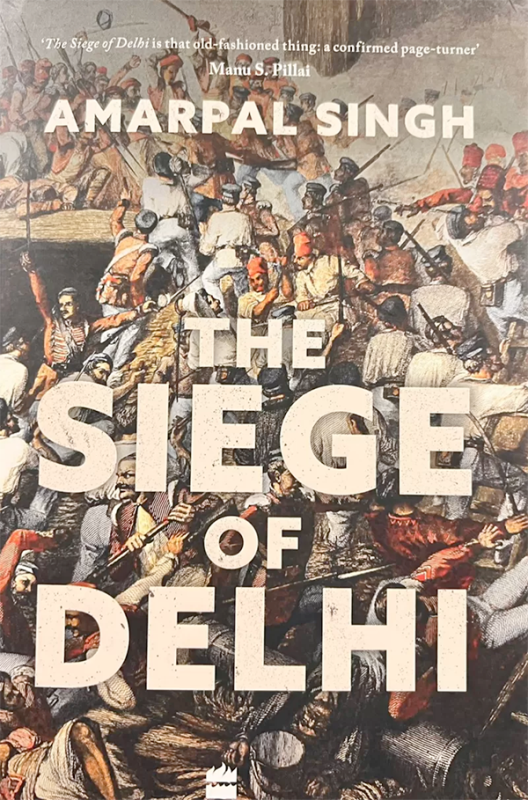
The emperor first took refuge in the old fort.
There was confusion in the English camp from the beginning as to who and when had promised to spare Bahadur Shah Zafar his life.
In this regard, the orders of the Governor-General were clear from the beginning that no condition or limit should be placed before the rebels, no matter how big or small, if they wanted to surrender.
Initially, when the British entered Delhi, the emperor decided to stay in his palace inside the fort.
On September 16, 1857, news came that the British army had captured the rebel base a few hundred yards away from the fort and they were not entering the fort just because they had a small number of soldiers.
19th September, the emperor, along with his entire family and staff, decided to leave the palace and go to the old fort via Ajmeri Gate.
The September 20, the British received information from intelligence sources that Zafar had left the Purana Qila and reached Humayun’s tomb.
I asked Amarpal Singh that on one hand the British were ruthlessly hanging the rebels, but they were ready to spare the life of the emperor.
What was the reason for this, then his answer was, ‘One, Bahadur Shah was very old and he was only a nominal leader of this rebellion. The other British had succeeded in re-entering Delhi, but fighting was still going on in other parts of northern India and the British feared somewhere that if the emperor was killed, the sentiments of the rebels might flare-up. So Wilson agreed that if the emperor surrendered, his life could be spared.
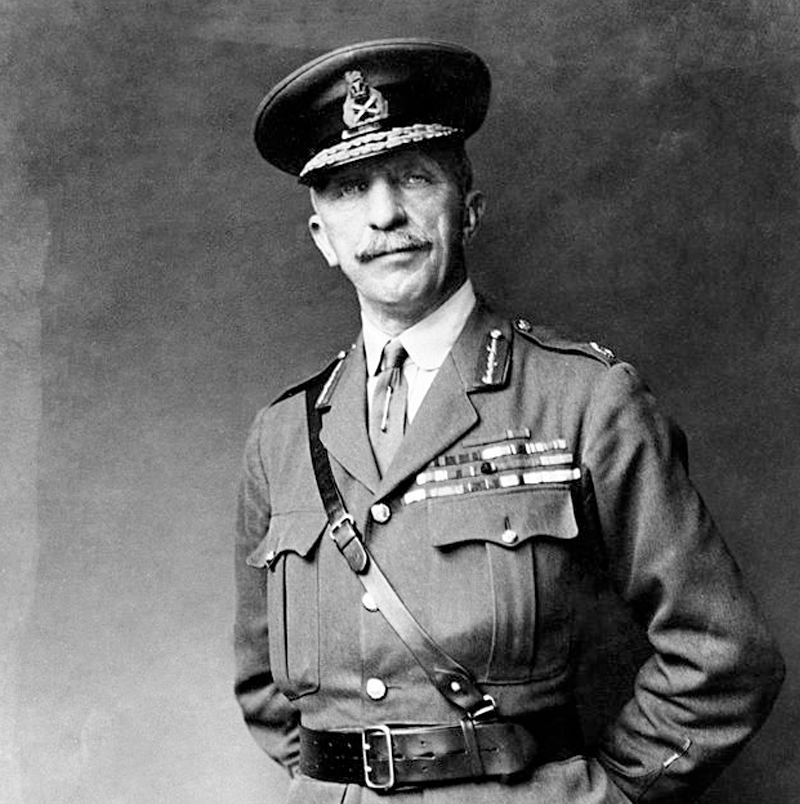
Bahadur Shah Zafar handed over his weapons to Hodson
William Hodgson in his book ‘Twelve Years of the Soldier’s Life in India’, quoting a letter written by an eyewitness British officer to his brother, wrote, ‘Queen Zeenat Mahal was the first to come out of the tomb. After that Badshah Bahadur Shah Zafar was walking in the palanquin.
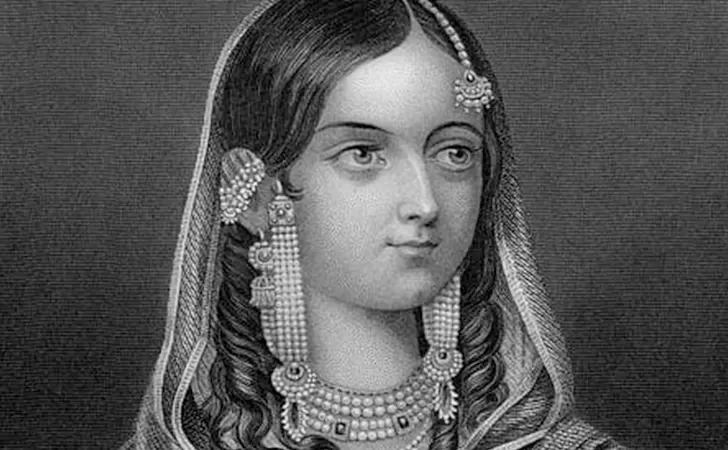
Hodgson went ahead and asked the emperor to lay down his arms.
Zafar asked him, are you the only Hodgson brave? Will you repeat the promise you made to me?
Captain Hodgson replied that ‘Yes. The government is very happy to inform you that if you lay down your arms, the life of you, Zeenat Mahal, and her son will be spared. But if I try to save you, I will shoot you like a dog at this place.
Then the elderly king handed over his weapons to Hodgson, which he handed over to his orderly.
Bahadur Shah Zafar’s eyes were fixed on the ground.
After entering the city, Badshah Zafar was first placed in the house of Begum Samru and 50 soldiers of HM 61st were selected to supervise her.
Captain Charles Griffith was among the officers who were given the responsibility of monitoring Bahadur Shah Zafar.
He later wrote in his book ‘The Narrative of the Siege of Delhi’, ‘The last representative of the Mughal dynasty was sitting in a verandah with a pedestal on a mattress laid on a simple cot. There was nothing grand in his appearance except his white beard reaching up to his waistband.
The emperor, who was of medium height and crossed the age of 80, was wearing a white dress and a turban of the same cloth on his head. Behind him, two of his servants were blowing air on him with a fan-made from peacock feathers. Not a word was coming out of his mouth. His eyes were fixed on the ground.
At a distance of three feet from him, an English officer was sitting on another bed. Two British soldiers were standing with bayonets on either side of him. There were instructions to the officer that if there is an attempt to save the emperor, then he should shoot the emperor with his own hands there.
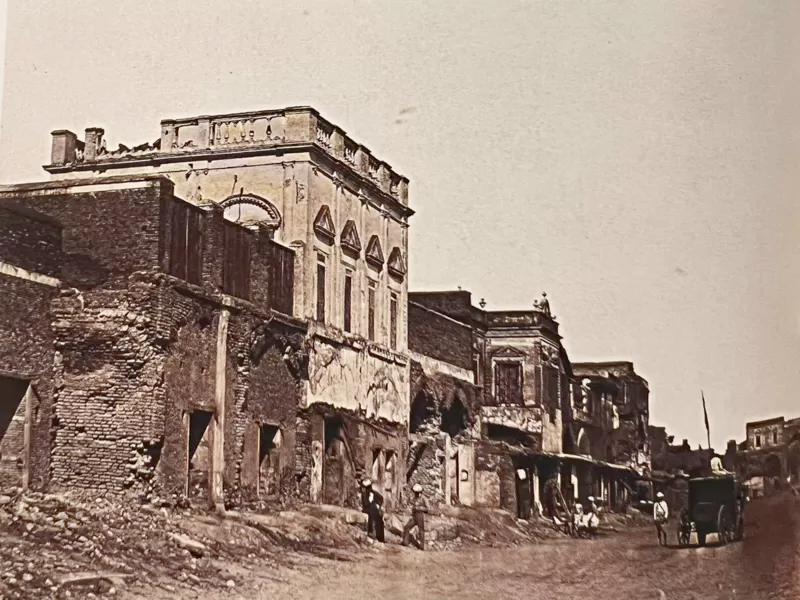
Hodgson took members of the royal family to identify the princes
On the other hand, until September 22, a day after the emperor was captured, General Archdale Wilson could not decide what to do with the surviving princes who were still present inside Humayun’s tomb.
Captain Hodgson believed that he should be taken into custody before he tried to escape.
These princes included the chief of the rebel army, Mirza Mughal, Mirza Khizr Sultan, and Mirza Mughal’s son Mirza Abu Bakr.
With the consent of General Wilson, Hodgson formed an arresting force of 100 soldiers, assisted by Lieutenant McDowall.
This whole team, walking slowly on horses, left for Humayun’s tomb.
Hodgson had taken the precaution of taking a member of the royal family and the emperor’s nephew with him. He was promised that his life would be spared if he acted as their representative and persuaded the princes to lay down their arms.
He was also given the task of identifying the princes because Hodgson himself did not recognize any prince.
After much effort, the prince agreed to lay down his arms.
Hodgson stopped half a mile before the tomb. He sent Rajab Ali, the emperor’s nephew and his chief intelligence officer, to the princes with the message that they should surrender unconditionally or else be prepared to face the consequences.
Hodgson writes in his book that his representatives had to struggle a lot to persuade the princes to lay down their arms.
Half an hour later, the princes sent a message to Hodgson asking if he had promised not to kill him.
Hodgson refused to make any such promise and reiterated his unconditional surrender.
After this, Hodgson sent a team of ten soldiers to bring the princes to them.
Later, Lieutenant McDowell wrote, ‘After a while, the three princes came out in a small chariot being pulled by oxen. Five soldiers were walking on either side of them. There was a crowd of two to three thousand people just behind him.
On seeing them, Hodgson and I left our soldiers behind and proceeded on our horses to meet them. He bowed his head in front of Hodgson. Hodgson also responded by bowing his head and asking the chariot drivers to keep moving forward. The crowd also tried to come after him but Hodgson stopped him by showing his hand. I pointed to my soldiers and within a moment they took a position between the crowd and the chariot.
Hodgson gave the impression of being carefree by smoking a cigarette
Along with the princes, their weapons and the emperor’s elephants, horses and vehicles were also brought out which had not been able to come out the previous day.
The princes once again asked whether they were being given life.
Hodgson writes, ‘I answered ‘not at all and sent them to the city under the supervision of my soldiers. I thought that when the princes have already surrendered, why not search the tomb. There we found about 500 swords hidden. Apart from this, there were also many guns, horses, bullocks, and chariots.
McDowell said that his stay there was no longer free from danger. Still, we stayed there for about two hours. Meanwhile, I continued to smoke cigarettes so that they would get the impression that I am not bothered at all.’
After a while, Hodgson and McDowell met their soldiers who were leading the princes towards the city under their watch.
Hodgson fired two shots at the three princes.
Both Hodgson and McDowell later wrote that they felt threatened as they returned to the city.
Amarpal Singh says ‘When they were five miles away from Delhi, Hodgson asked McDowell, what to do with these princes? ‘I think we should kill them right here,’ McDowell replied. Hodgson ordered those chariots to stop there. Hodgson asked the three princes to get off the chariot and take off their outer clothes.
After taking off his clothes, he was again put on the chariot. Their jewelry, rings, armlets, and swords studded with gems were also taken from them. Hodgson stationed five soldiers on either side of the chariot. Then Hodgson got off his horse and fired two shots at each prince with his Colt revolver. They all died there.
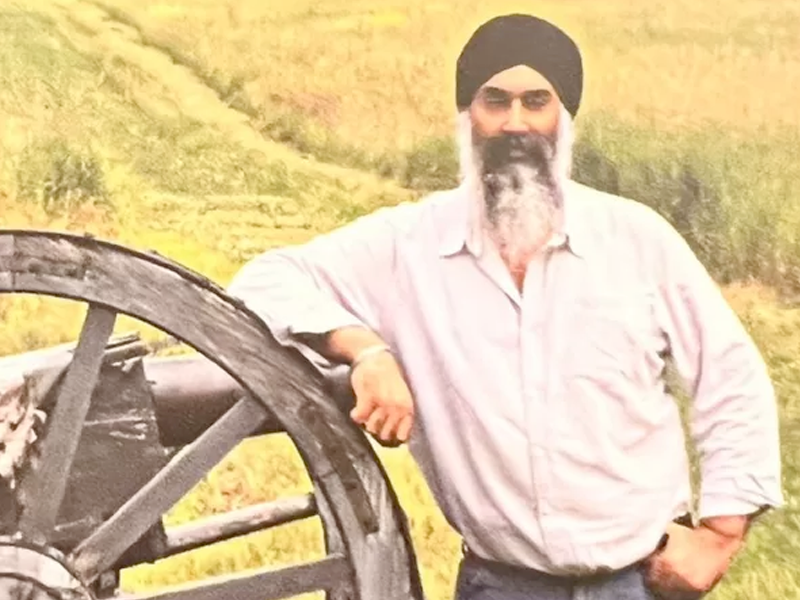
The dead bodies of princes were laid in a public place
When the princes were asked to get down from the chariot, they came down with great confidence. He had the feeling that Hodgson could not dare to kill him on his own strength.
For this, he will have to get permission from General Wilson. He also took off his clothes thinking that perhaps the British wanted to humiliate him by roaming the streets of Delhi without clothes.
After a while, a eunuch of the emperor and another man who was accused of killing several people tried to escape, but McDowell and his horsemen chased them and put them to death.
McDowell later wrote, ‘By then it was 4 o’clock. Hodgson entered the city keeping the dead bodies of these princes in the chariot. He was taken to a public place and put on a platform so that the common people could see his face. There were no clothes on his body. His private parts were covered with only a few rags. Their bodies lay there till September 24. They had killed our women at the same place four months ago.
Hodgson admitted by writing a letter that he had killed the princes
Hodgson later wrote a letter to his brother, saying, ‘I told the crowd that these were the same people who killed our forced women and children. The government has punished them for their work.
I myself shot them one after the other and ordered that their bodies be thrown on the platform opposite the Kotwali in Chandni Chowk. I am not cruel but I must admit that I took great pleasure in killing these people.’
Later Reverend John Rotten wrote in his book ‘The Chaplain’s Narrative of the Siege of Delhi’, ‘The stature of the eldest prince was very strong. The other was a little younger than him. The age of the third prince must not have been more than twenty years.
A guard of a Coke rifle was deployed to monitor their bodies. Their bodies lay outside the Kotwali for three days. Then he was buried in the cemetery in a very disrespectful manner. Perhaps the reason for this may have been changed because three months ago, the rebels had kept the bodies of the British in the same condition in the same place so that the people of Delhi could see them.
The rest of the princes were also caught
On 27 September, Brigadier Shavers was sent with a contingent to nab the rest of the surviving princes.
That day, Shawars detained three more princes, Mirza Bakhtawar Shah, Mirza Mendu and Mirza Jawan Bakht.
In early October, two more of the emperor’s sons were captured and shot. Both of them had led the rebel army against the British and were accused of the massacre of the British.
In the meantime, a strange incident happened. When these princes were being shot by the firing squad, the bullets fired by 60 riflemen and some Gurkha soldiers either did not hit these princes or could only injure them.
But after this, a provost sergeant shot these princes in the head and ended their lives.
But Colonel EL Omni wrote in his diary that ‘Gorkha soldiers deliberately opened fire in the lower part of the body of the princes so that they would suffer more and they die a painful death.
At that time he was forced to wear dirty clothes but he faced his death bravely.
Sikh Risaldar saved two princes
But two sons of Bahadur Shah Zafar, Mirza Abdullah, and Mirza Quaish managed to escape from the clutches of the British.
Oral tales from Delhi which were recorded by Urdu writer Arsh Taimur in his book Qila-e-Mualla ki Jhalkiis in the early twentieth century told that ‘the two Mughal princes were buried in Humayun’s tomb under the supervision of a Sikh Risaldar’. Was placed.
That Risaldar felt pity for these princes. He asked them why are you standing here? He replied that Sahib has asked us to stand there.
The Sikh stared at him and said, have mercy on your life. When that Englishman returns, he will definitely kill you. Run in whatever direction you can, and don’t stop to breathe. Saying this the Risaldar turned his back on him.
Both the princes ran in different directions. Later, Mir Quaish somehow managed to reach Udaipur in the guise of a fakir, where the Maharaja, while patronizing him, kept him at his place on a salary of two rupees a day. Hodgson tried hard to find Quraysh, but he could not succeed.
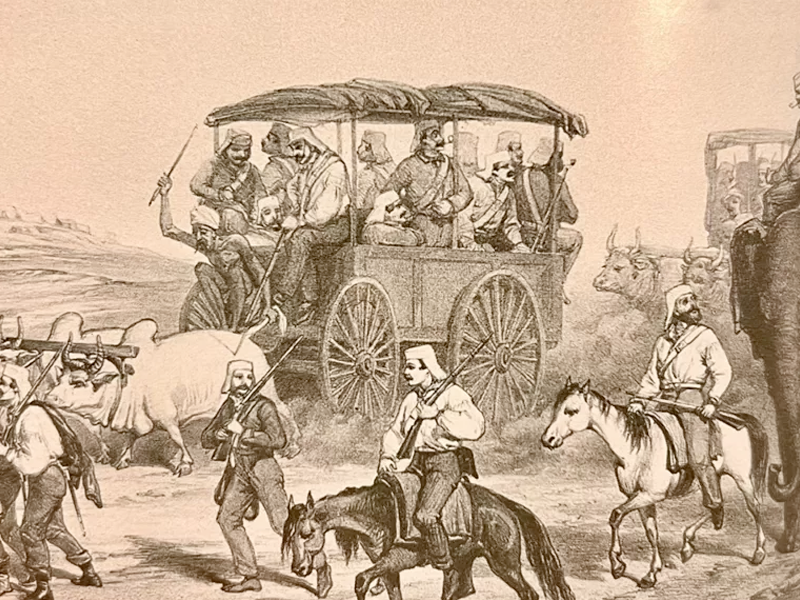
Bahadur Shah Zafar’s second son, Abdullah, was also not in the hands of the British and he spent his whole life in the state of Tonk in extreme poverty. The rest of Bahadur Shah’s sons were either hanged or sent to Kaala Pani to serve long sentences.
Agra to some princes. They were kept in very difficult conditions in the jails of Kanpur and Allahabad where most of them died within two years. The British fulfilled their promise not to kill Bahadur Shah Zafar. He was sent to Burma far away from Delhi where he breathed his last at 5 in the morning of 7 November 1862.

